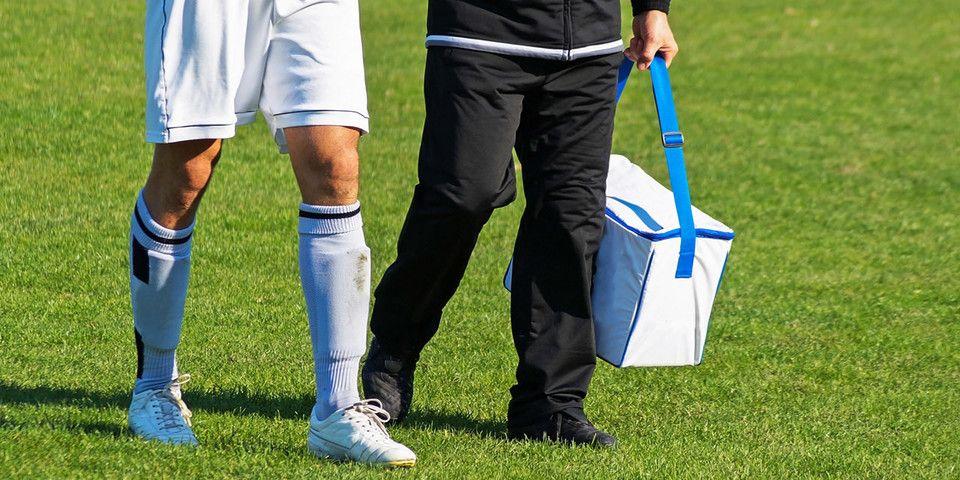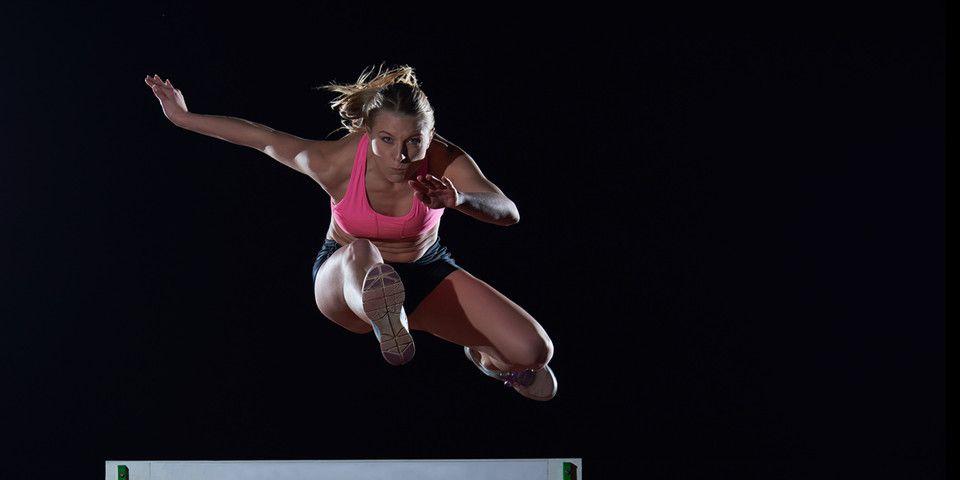Are Common Lacrosse Injuries Different for Men and Women?
Learn the differences between men’s and women’s lacrosse...including the risks.
Lacrosse is the fastest-growing sport at the high school and college level, and efforts to provide preventive care and treatment for these athletes are trying to keep up. One of the most commonly asked questions in this field is whether there are differences in the rates and types of injuries sustained by different gender athletes. For any athletes or their loved ones who are concerned about common lacrosse injuries, Rothman Orthopaedics presents the following comparison and insights into the game.
What’s The Difference Between Men’s & Women’s Lacrosse?
While the basic rules and goal of play are the same, men’s and women’s lacrosse have two important differences that can affect injury risks:
-
Checking - Men’s lacrosse permits the process of checking (hitting another player with the lacrosse stick in order to dislodge the ball) while women’s games do not. As a result, men are at higher risk for impact-related common lacrosse injuries, and are required to wear helmets, mouth guards, pads, and gloves at all times. Most female players are only required to wear goggles and mouth guards, with helmets and padding reserved for goalies.
-
Field Size - Women’s lacrosse has a larger standard playing area: 120×70-yards as opposed to men’s 110×60-yard fields. In some cases, women even play on a field up to 140 yards long – thirty yards longer than a standard men’s field. This larger playing area and subsequent longer running distances may increase women’s risk of exertion-related common lacrosse injuries.
The Most Common Lacrosse Injuries
Across both gender variations, lacrosse is a moderate risk sport in which the vast majority of injuries sustained are minor strains, sprains, and bruises. However, more significant injuries can occur, such as:
-
Knee injuries, including anterior cruciate ligament (ACL) tears - the leading cause of lost game and practice time for lacrosse athletes
-
Stress fractures, jumper's knee, and Osgood-Schlatter's disease - overuse injuries that occur when muscles, bones and ligaments are worked beyond their capacity
-
Non-contact knee and ankle sprains - represent about 16%-21% of all reported lacrosse injuries
-
Muscle strains of the hamstrings, quadriceps, and groin - typically non-contact related
-
Head and face injury, including concussion - most often the result of collision with other players or with the ground
-
Shin splints and foot blisters - due to continuous running and changes in field surfaces
-
Heat illness - ranging from mild to severe, heat exhaustion and other overexertion illnesses result from dehydration and overexposure to sun/elevated temperatures
-
Commotio cordis - unique to lacrosse (and sometimes baseball), CC is a life-threatening injury that can occur as a result of a blunt blow to the chest, causing a potentially fatal arrhythmia
Non-Gender Specific Lacrosse Injury Prevention
All lacrosse athletes can help stave off common lacrosse injuries with some basic preventive measures, including:
-
Consistent conditioning - Stay in shape by cross-training in other activities year round. Warm up and cool down properly with stretching exercises, and stay hydrated.
-
Healthy eating - Incorporate plenty of protein, fresh produce, calcium, vitamin D, and magnesium into your meal plan.
-
Good gear - Wear a complete set of properly sized protective equipment that is in good condition. Do not modify mouthpieces or gloves.
-
Rest days - All athletes should take 1-2 days a week and 1-2 months a year away from lacrosse to prevent burnout and common lacrosse injuries. In addition, sample different sports and activities, and don't play any sport year-round.
Preventing common lacrosse injuries requires consistency above all things. It is not enough to practice prevention in fits and starts; women and men alike must maintain their healthy habits and routines in order to promote safety for themselves and others. If you have any questions about your risk factors or if you are experiencing any pain, your first step should be to consult your physician right away. For more specialized treatment, visit us here or contact us at 1-800-321-9999.
Related Specialties
Related Conditions
Related Treatments
Related Programs
-

Athletic Training- Sport Medicine Outreach
Our Field Athletic Trainers provide direct sports medicine care to youth, high school, college and professional athletes. Rothman AT’s provide athletic training services throughout Southeastern PA to interscholastic high schools, colleges, as well as tournaments and special events.Read More -

Women’s Sports Medicine Program
The Women’s Sports Medicine Program at the Rothman Orthopaedic Institute is the first of its kind in the Philadelphia metro area and one of only several such programs specializing in the comprehensive care of the female athlete in the country.Read More




